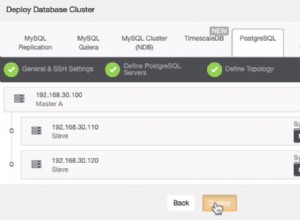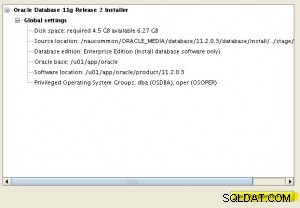En SQL Server 2005 o posterior, puede usar este script:
-- drop PK constraint if it exists
IF EXISTS (SELECT * FROM sys.key_constraints WHERE type = 'PK' AND parent_object_id = OBJECT_ID('dbo.YourTable') AND Name = 'PK_YourTable')
ALTER TABLE dbo.YourTable
DROP CONSTRAINT PK_YourTable
GO
-- drop column if it already exists
IF EXISTS (SELECT * FROM sys.columns WHERE Name = 'RowId' AND object_id = OBJECT_ID('dbo.YourTable'))
ALTER TABLE dbo.YourTable DROP COLUMN RowId
GO
-- add new "RowId" column, make it IDENTITY (= auto-incrementing)
ALTER TABLE dbo.YourTable
ADD RowId INT IDENTITY(1,1)
GO
-- add new primary key constraint on new column
ALTER TABLE dbo.YourTable
ADD CONSTRAINT PK_YourTable
PRIMARY KEY CLUSTERED (RowId)
GO
Por supuesto, este script aún puede fallar, si otras tablas hacen referencia a este dbo.YourTable usando restricciones de clave externa en el RowId preexistente columna...
Actualización: y por supuesto , en cualquier lugar que use dbo.YourTable o PK_YourTable , debe reemplazar esos marcadores de posición con el real nombres de tablas/restricciones de su propia base de datos (no mencionó cuáles eran, en su pregunta...)




